Web servers provide your application a gateway to the world: this is where requests for data for a complex web app and resources for a website go in and out. The range of Open Source solutions in this area is diverse and mature, and many of the solutions listed here represent the industry standard in their area of specialization. The specialization of web servers ranges from a focus on delivering static files in a performant manner and providing networking features such as load balancing and optimization features of nginx to the ability to set up a web server with integrated complex business logic using Node.js.
We use these open source web servers:
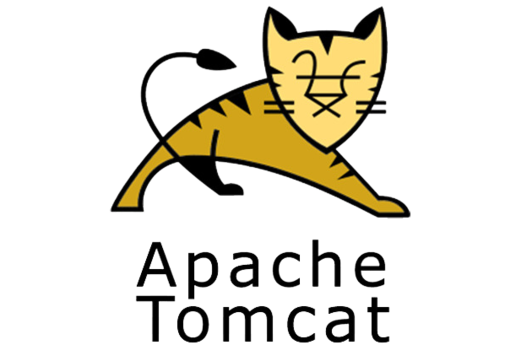
If you're into Open Source web servers, you can't get around Apache's software solutions. Apache Tomcat is an Open Source web server and web container that implements Java Servlet, JavaServer Pages, Java Expression Language and Java WebSocket technologies. Top developers worldwide are continuously working on the further development of the solution in an open environment. Apache Tomcat is used for numerous web applications in a wide range of industries and organizations.
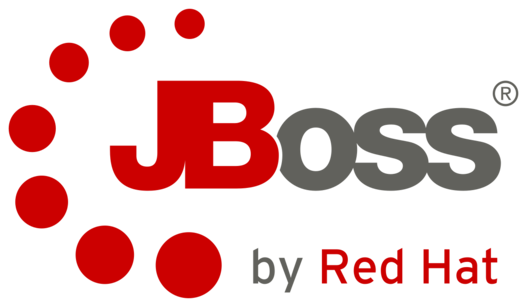
JBoss' Open Source solutions are mostly available for free download – together, the various applications make up a complete Open Source J2EE middleware framework. The term JBoss is often used synonymously for the JBoss Application Server, now renamed WildFly Application Server, an Open Source alternative to commercial offerings such as IBM WebSphere Application Server or Oracle BEA Services. JBoss was acquired by Red Hat from 2006.

NGINX is a web server software, reverse proxy as well as email proxy, which according to its own information is used by around 400 million websites. Well-known users include GitHub, WordPress and Netflix. The solution is modular and very popular due to its high flexibility, performance and configurability. The strengths of NGINX show especially with static content or a large number of simultaneous requests: here, the solution often performs better than other web servers in tests in terms of performance. Since 2019, NGINX belongs to the American company F5.

Javascript used in backend is no new phenomenon. All kinds of Open Source projects have been built around Javascript for years and the community around the language is one of the largest of all in IT. By means of the modular package manager NPM the distribution of code has become so easy that hardly any logic has to be written twice. For developers coming from the web frontend, NodeJS is nothing more than a new framework, but with which they can suddenly program web servers or Api backends. Thus the way to full-stack development is not far. NodeJS offers only advantages:
- Same language as in the frontend
- End To End tests as in the frontend
- Package manager with huge community
- Continuous development
Our Success Stories on web server

Containerisation with Open Source

Automation with Open Source

Databases with Open Source
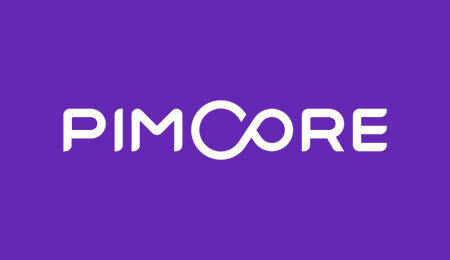
Pimcore als Open Source Software Platform

Open Source Compliance
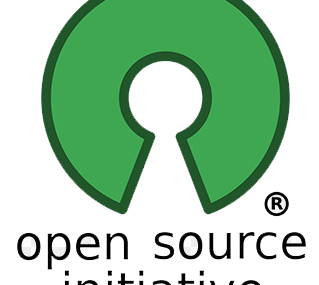
Open Source Technologies

Volker Jürgensen

Dresscode and eBagTag - Customized protective clothing

Introduction to Web Programming in F# with Giraffe – Part 2
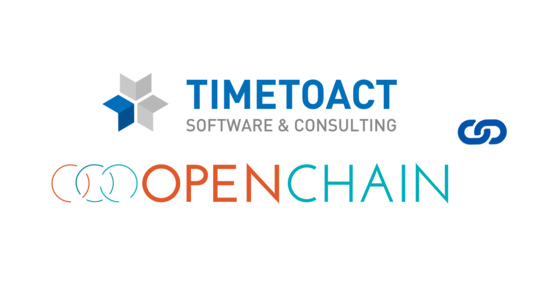
TIMETOACT becomes OpenChain Partner
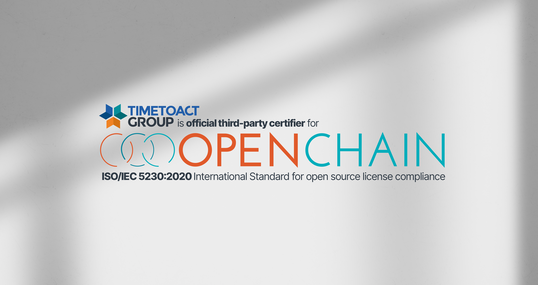
TIMETOACT GROUP offers ISO/IEC 5230 certifications
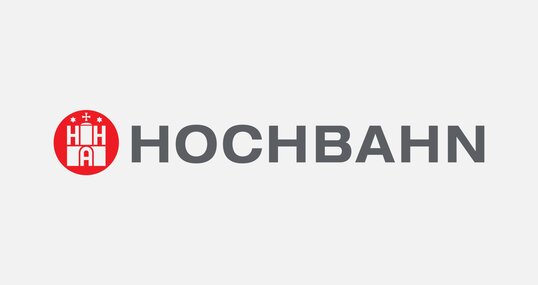
HOCHBAHN Managed Services

Microsoft SQL Server

Marcus Frank

Susanne Brunner

Introduction to Web Programming in F# with Giraffe – Part 1

Introduction to Web Programming in F# with Giraffe – Part 3

IBM InfoSphere Information Server

IBM Cloud Pak for Application

IBM Netezza Performance Server

Application Development

IBM SPSS Modeler
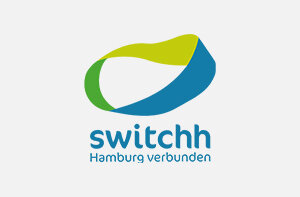
Smarter mobility with the portal switchh

Kai Frische

Mendix for Finance & Insurance

Advice around Mendix

Open-sourcing 4 solutions from the Enterprise RAG Challenge

Software, Mobile and Web App Development

Mendix in the manufacturing industry

Open and secure IT

Legacy modernisation with eXplain

Big Data, Data Lake & Data Warehousing
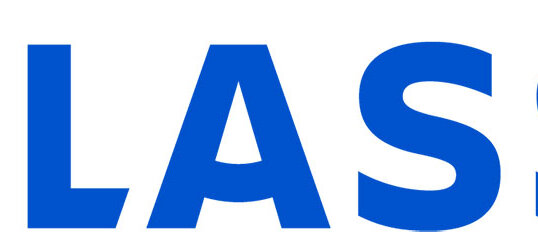
Bamboo, Bitbucket, Sourcetree

Quality scoring with predictive analytics models

Digital transformation in public administration

Business Intelligence

Expanding Opportunities with Generative AI

RedHat

HCL Connections Engagement Center

Endpoint Management with Microsoft Intune

Consulting for IBM products

Mendix in retail

Internal and external security

Our service offer for Mendix

Fullstack Development
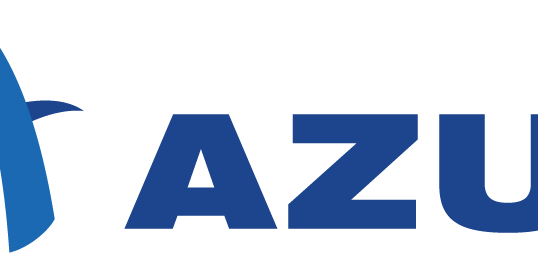
Azul Systems

Inventory management with Jira and Confluence from Atlassian

HCL Digital Xperience

IBM Cloud Pak for Data System

Network Performance Management

Kubernetes

HCL Leap and Volt

IBM Spectrum Protect

Christof Mandaus

HCL Connections
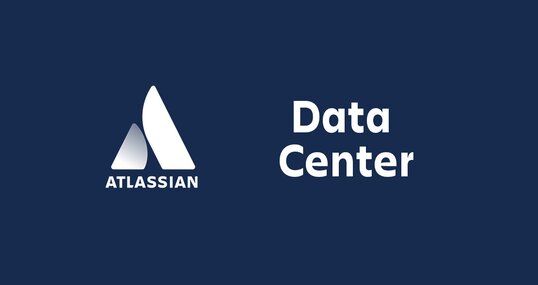
Atlassian Data Center

Muhammad Nasir

Talend
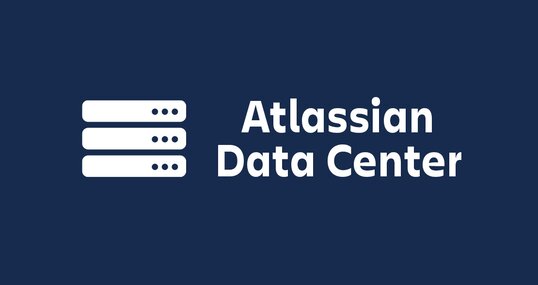
Atlassian Data Center

Database technologies

Dev Tools

Idea management software for use in the cloud

On-site digitization partner for insurance companies

Big Data

Teamworkx Push and Pull Favorites

Cloud from Atlassian

Managed services that scale up with your business

TIMETOACT is Mendix training partner

TIMETOACT implements integrated insurance software

ITAM / SAM & FinOps

IBM Cloud Pak for Data – Test-Drive

Atlassian Fisheye

Tempo Customizing and Integration
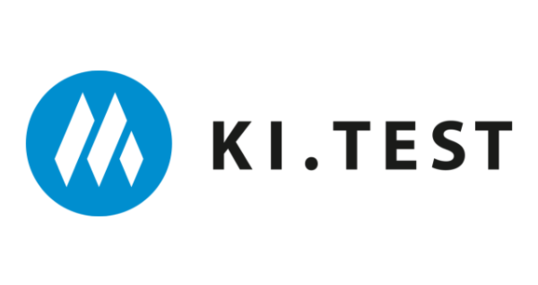
Interactive online portal identifies suitable employees
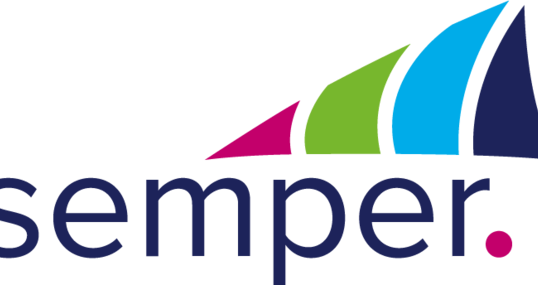
Semper uses TIMETOACT Vacation Manager as SaaS

IBM Watson Knowledge Studio

IBM Db2

IBM License Metric Tool (ILMT)

Modern user interface and mobile access for all employees

Decision Optimization

Notes / Domino

Central Capacity Management for Sunrise

IBM Watson Discovery

Talend Data Fabric

License Optimization

Microsoft Azure
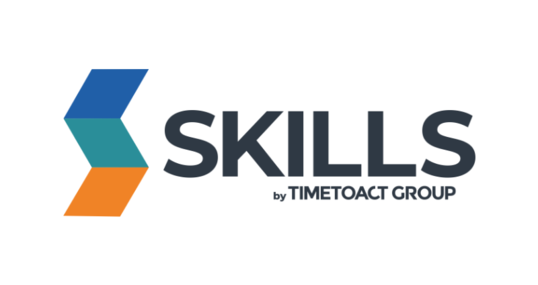
Skills App - Maximize your company knowledge
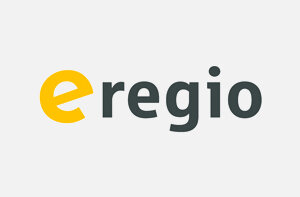
Digitized processes increase efficiency

IBM Watson® Knowledge Catalog/Information Governance Catalog

Incident communication management

Skills App - Maximize your company knowledge

IBM Cognos Analytics 11

IBM Cloud Pak for Automation

Microsoft Power BI

IBM Watson Assistant

IBM Watson Studio

Reduce your costs with Software Asset Management (SAM)!

The digital customer file with IBM Content Manager

Data Science, Artificial Intelligence and Machine Learning



